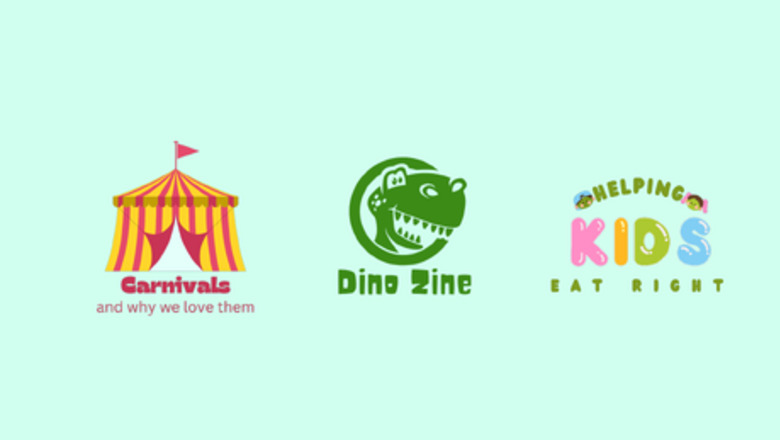
views
Designing Your Zine Cover
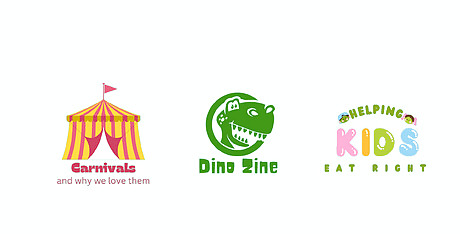
Decide the topic, theme and information inside of your zine cover. While you have probably decided your topic and written the contents of your zine, now you must create the most important thing–the cover. The cover is the first thing that someone will use to determine whether or not to read what you have to say! With this guide, embark on a quest to create the most bold, eye-catching, exciting, or, at the very least, appropriate cover to accompany what you have to say! Deduce the most important themes in your zine. If you have not written your zine: Be sure to write out the contents of your zine and start brainstorming the ways a cover could be depicted as you go. Take notes along the way, but be sure not to write for a cover, as the contents will ultimately be the determinant of success for the publication at large. If you have already written your zine: consider what will be inside. If you have a zine about dinosaurs, you will probably want a dinosaur-related theme to your zine cover. If you have an instructional zine that is closer to a self-guided manual or cookbook, make sure you feature some of the food that is mentioned in your text. Whatever is on the inside should be on the outside cover as well.Widsdfkihow2.png
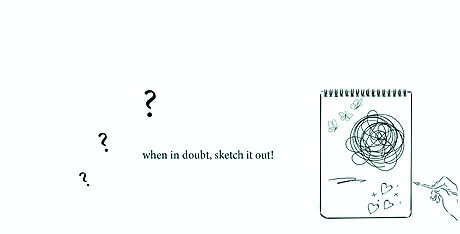
Define what information to include on the cover. Determine the most important information to relay to your audience before designing your cover. Do you want your audience to know who is writing this zine? Is the zine written by a group of people as opposed to a sole author? Do you want to add mystery to the concept or do you want it to be straightforward with thorough clarity? Determining what information will go on your cover will result in the audience of your zine, so consider who you want to read this and where it will be found as you list each piece of information that will go on the zine.
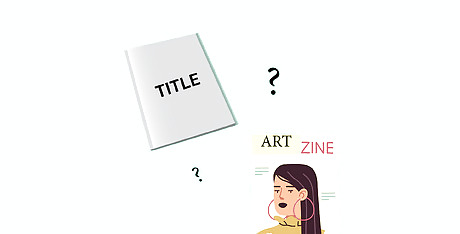
Sketch a mockup of your cover. Considering the layout and format of your zine (booklet, webpage, blog, digital pdf, etc), draw or sketch a sloppy mockup of the big ideas of what you want to see in your zine for your own reference. No one has to see this plan, so don’t get caught up in the details. Sketching a big picture idea of where you want titles, images and headings to go and why will create some rough guidelines once you explore the software or design tool you will use.

Choose whether you want a simple cover or a cover with an illustration accompaniment. Brainstorm the primary decisions that relate to the visuals in your zine cover. Do you want a cover that is all words and a solid background, or do you want a cover that has words accompanied by visual aids or illustrations? Consider the type of cover you want for your zine by reading and exploring the zines of others online or in-person. Many places have zine fairs where there can be a multitude of zines for free or for purchase that you can reference. Gaining inspiration from other creators and seeing the audience of certain zines, whether in-person and online can be extremely helpful to the success of creating your own.
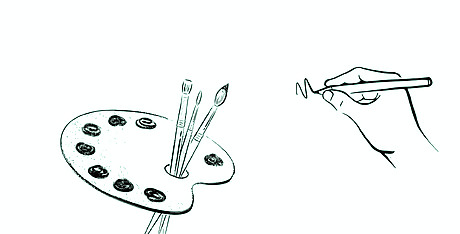
Determine if you want to pay for a design tool, your budget for the tool, or if you want to use a free design suite instead. Decide on a primary tool to design your zine publication. Design tools like InDesign or Canva allow the user to create, format and customize documents for self-publication, but often the use or the extensive use of these tools cost money. Tools like Canva have a free design suite that offers the basic use of the product, while the extensive design suite may cost from $15-30 a month to $125 a year. InDesign and the Adobe suite have high-quality capabilities and customizability with a massive uptick in pricing from Canva, between $35-82 a month, depending on the type of suite (approx. $420+ a year). There are many ups and downs of paying for a design tool. The opportunity to customize file type, accessibility, and creative capacities increase the more the user can pay, but it doesn’t necessarily mean you cannot create a great concept for free. The use of that concept may be more difficult to access, however, with less editing, resizing, and creation capabilities.
Create your illustration or source your images for the cover. Create, source, or commission your cover illustration(s). If you are not an artistic type, finding public domain .pngs or stock images may be a great way to accomplish this step, although the first choice should always be asking around to see if an illustrator, photographer, or artist in your area may want to collaborate on a trade or installment basis, if money is a stretch. Create a general sketch of what you want to see as the main graphic on your cover, which will likely cover at least ⅔ of the space there.
Formatting the Cover
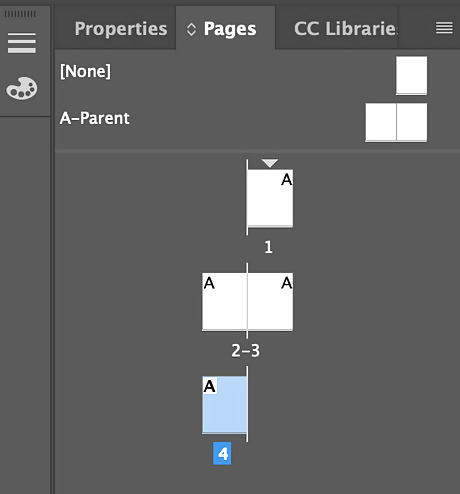
Make sure the cover is on the right page. Always double check to make sure your cover is on page one of your design tool format. Most suites start on the first page of a document, so it is safe to say that if you begin at the opening of the document, it will likely become your cover. Making sure the cover is always on the first page will prevent any disappointments when your zine goes public.
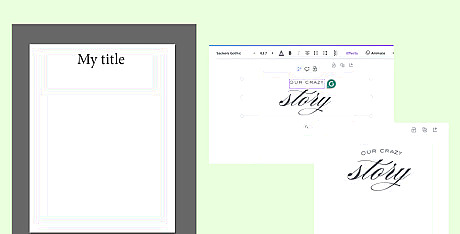
Decide on and source the font for your title. Decide on a font for your title There are many wonderful fonts provided from within Canva and InDesign already, with many more accessible through their websites. If there is a font you are struggling to find, you may be able to access it from dafont.com or whatfontis.com, tools that specifically help you find the fonts you cannot seem to access elsewhere.
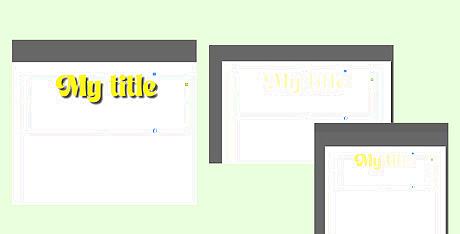
Place your title and design. Place the title into your zine cover design. Your title is the all-encompassing culmination of the meaning of your zine, so make it snappy. It can provide clarity on what the zine is about. If it is about dinosaurs, it can be “The Wonders of the Tyrannosaurus Rex”, or it can be “TRD” standing for “T-Rex Diaries”, and it can unveil the meaning of this on the first page after leaving a mysterious red herring on the cover page. Ultimately this is up to your personal aesthetic and can be anything your heart desires. Your title can be aligned in the middle of a document, and even curved.
Add any effects to your title/design. Once your title is placed into the design, add any design needs to the title itself. These can be drop shadows (to make the title look like it is popping out of the page), inner shadows (to make it look like it is sinking into the page), bevel (to make the title look more prismatic), emboss (to add gummy or shiny texture), gradient (to add a prisma of color through the work), and feather (to add feathered texture). These effects can add a stunning visual variety to your work when done correctly.

Make room for the margins. Make sure to leave at least ¾ in around your design to account for the margins when printing on a regular printer or printing with a copier. It can be devastating when you make a clean-cut and clear design and the printer itself cuts off a large portion of the text or design. Cleaning up some space around the margins gives a good indication of how the final project will end up.
Publishing your Work

Get a second opinion. Show it to a friend! Not only is it cool to show the finished work of art you have created with a friend, but a good pal will always point out the typos, edits needed, and misspellings necessary for your work to shine once it “hits the presses”! After you fill in your zine, make sure to share it with the world!
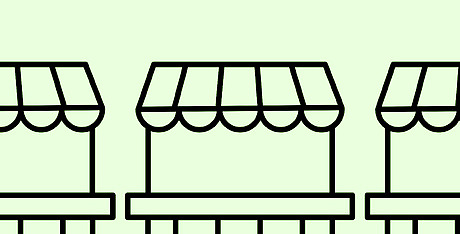
Finish/publish your zine. Publish your zine with all of the other necessary information inside of your document and share it with the world. This can be in-person, online, or even by hand at a zine fair or market!











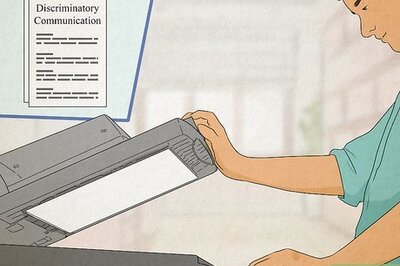



Comments
0 comment